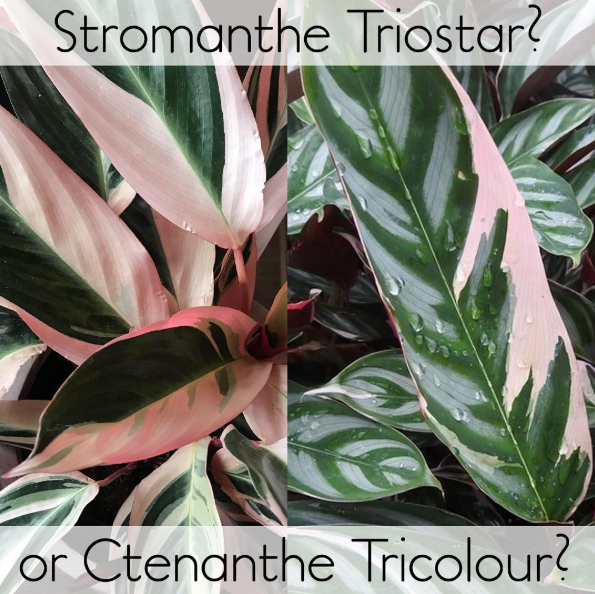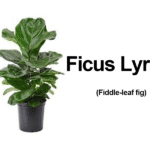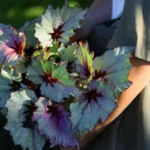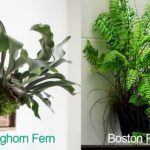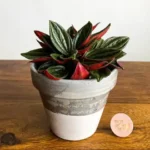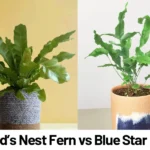Comparing Ctenanthe and Stromanthe: Helping You Choose the Right Prayer Plant Look-Alike
Indoor plant lovers are drawn to the bold patterns, vibrant colors, and tropical flair of prayer plants—but what many don’t realize is that some striking houseplants often mistaken for each other actually belong to different genera. Two of the most commonly confused foliage beauties are Ctenanthe and Stromanthe. With their elaborately patterned leaves and similar growth habits, it’s easy to see why people mix them up. However, these plants have distinct traits that can make one a better choice over the other, depending on space, care experience, light levels, and even whether you own pets.
Both Ctenanthe and Stromanthe belong to the Marantaceae family—commonly known as the prayer plant family—and share the attractive trait of nyctinasty: moving their leaves up and down in response to light, like folding in prayer. But beyond their botanical behavior, there are clear differences in growth style, care requirements, leaf markings, and environmental needs that can be crucial for plant health and aesthetics indoors.
If you’re deciding between the two, this comparison will help you confidently choose the one that suits your space and lifestyle.
Quick Comparison Table: Ctenanthe vs. Stromanthe
| Feature | Ctenanthe | Stromanthe |
|---|---|---|
| Botanical Name & Family | Ctenanthe spp.; family Marantaceae | Stromanthe spp.; family Marantaceae |
| Native Region | Tropical rainforests of Brazil | Tropical forests of Central and South America, especially Brazil |
| Leaf Shape & Size | Ovate to lanceolate; typically 4–12 in (10–30 cm) long | Broad with elliptical shape; often 6–15 in (15–38 cm) long |
| Growth Habit & Speed | Clumping, bushy form; moderate to fast growth | Upright with a rosette-like base; slow to moderate growth |
| Stem Structure or Identifiers | Short stems; some species spread with underground rhizomes | Longer, thicker stems; colorful undersides (deep pink/red) |
| Light Requirements | Medium to bright indirect light; ideally 500–1,500 lux | Bright indirect light preferred; 1000–2000 lux ideal |
| Watering and Humidity | Keep soil moist, not soggy; 50–70% humidity ideal | Likes consistently moist soil; needs 60–80% humidity |
| Pet Safety / Toxicity | Generally non-toxic to cats and dogs (ASPCA-rated safe) | Non-toxic to pets (ASPCA-rated safe) |
| Typical Price & Availability | Moderate price; very commonly available in garden centers | Moderate to high price; limited availability, often sold online or specialty shops |
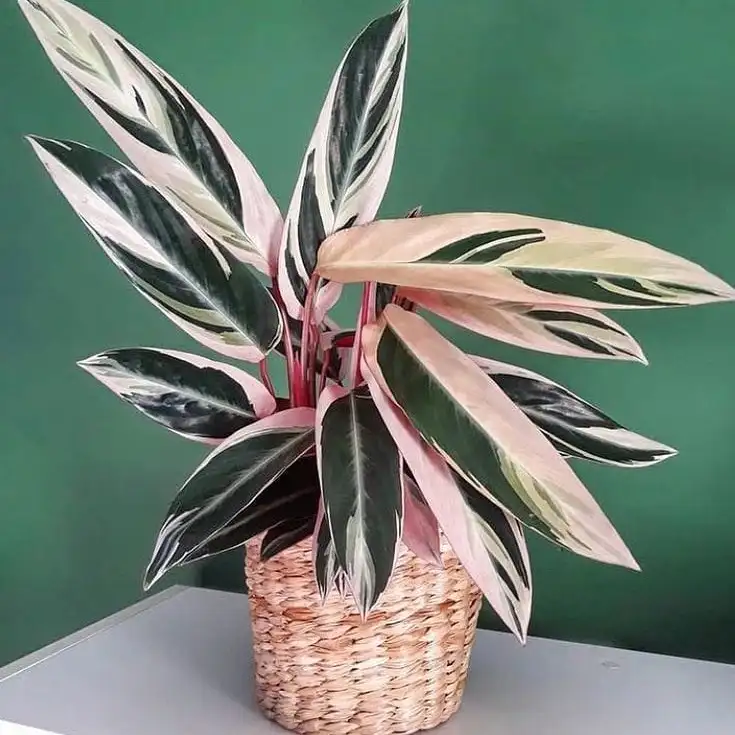
Understanding the Key Differences in Depth
Visual Identity: Leaf Patterns and Coloration
One of the most obvious yet nuanced differences lies in leaf coloration and markings. Ctenanthe species like Ctenanthe burle-marxii and Ctenanthe setosa feature silver-green leaves with patterned darker green pinstripes or blotches in harmonious shades. Their look is subtle yet interesting—ideal for a calming or minimalist aesthetic.
In contrast, Stromanthe triumphs in dramatic flair. The most popular cultivar, Stromanthe sanguinea ‘Triostar’, boasts creamy variegation, vivid green contrast zones, and hot pink or deep red undersides. These leaves have a more elliptical, painterly quality, making them a favorite among interior decorators. The high-contrast variegation, however, requires more light to maintain.
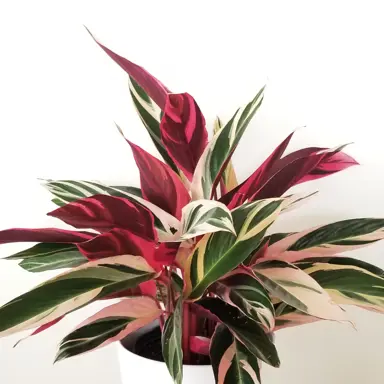
Growth Habit and Space Considerations
Ctenanthe tends to form clumping, low-lying bushes due to its habit of growing from underground rhizomes. This gives it a fuller appearance and makes it more appropriate for table or shelf placement. Some species can eventually fill out horizontally, especially in large pots or floor planters.
Stromanthe, on the other hand, has an upright rosette form and thicker central stems. It typically grows more vertically, with arching, paddle-shaped leaves that fan out. This makes it better suited for floor pots or corner displays. However, it’s slower-growing and can become quite large—reaching up to 2–3 feet tall over time—so it may require strategic spacing indoors.
Light + Humidity Needs: Subtle But Important
While both plants fall under “bright indirect light” preferences, Stromanthe’s variegated leaves are more sensitive to lighting conditions. Variegation can fade or become irregular in low light (<1000 lux), while direct light may scorch its colorful foliage. Meanwhile, Ctenanthe tolerates a slightly broader light range and can manage better in moderate indoor light conditions around 500–1,000 lux, although brighter light will intensify markings without bleaching.
Humidity is perhaps Stromanthe’s greatest challenge for beginners. It prefers high levels (60–80%), and crisping of leaves is common in drier indoor air. Ctenanthe, while also a humidity lover, is more forgiving and can tolerate levels down to 50% without visible stress—though both plants benefit from pebble trays, humidifiers, or grouped placement.
Ease of Care and Beginner Friendliness
Hands down, Ctenanthe is easier to grow for novice plant parents. It’s slightly more tolerant of irregular watering and can adapt more flexibly to room conditions. Stromanthe’s beauty comes at a price: it’s sensitive to both over-and under-watering, does poorly in low humidity, and may drop leaves or stop growing if stressed. The payoff is stunning variegation, but only if its needs are consistently met.
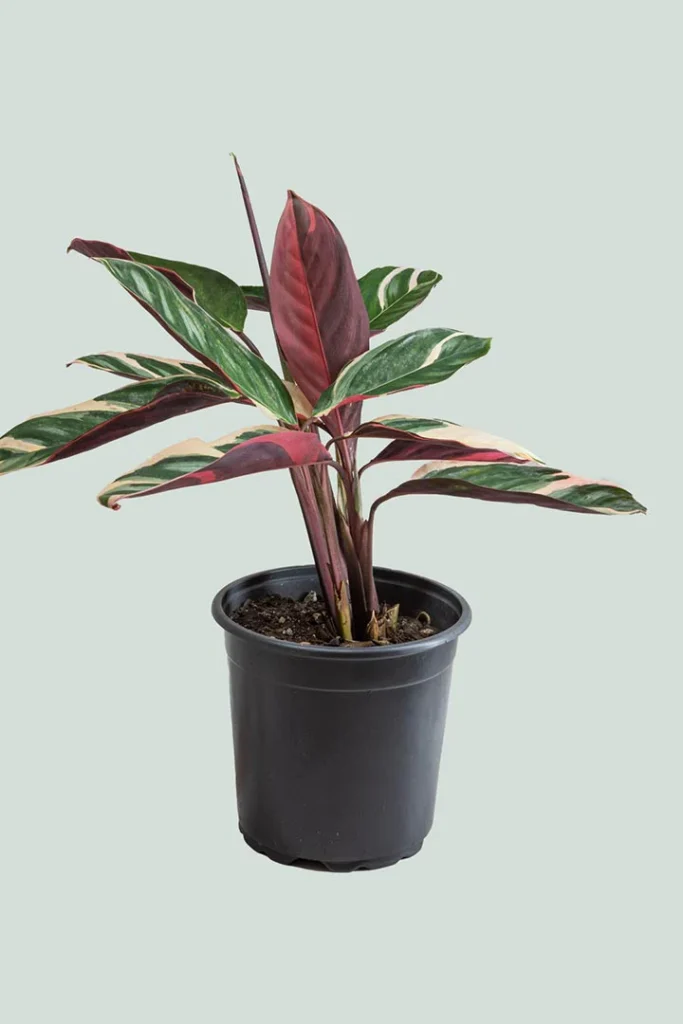
Which One Should You Choose?
Choosing between Ctenanthe and Stromanthe comes down to your indoor environment, your level of experience, and your aesthetic goals. Here’s a quick breakdown to guide your decision:
- Best for Beginners: Ctenanthe. Slightly hardier, more forgiving, and easier to care for in average home environments.
- Best for Statement Décor: Stromanthe ‘Triostar’. Its tri-color leaves make it a stunning focal point in any room—but only if you can meet its needs.
- Best for Small Apartments or Shelving: Ctenanthe. The clumping form suits tighter spaces and looks great as part of grouped plant displays.
- Best for Bright Spaces with High Humidity: Stromanthe. Particularly well-suited to well-lit kitchens or bathrooms with humidity ≥60%.
- Best for Pet-Friendly Households: Both are pet-safe (non-toxic to cats and dogs according to the ASPCA).
As a rule of thumb, go with Ctenanthe if you want a reliable, low-maintenance foliage plant with elegant markings. Choose Stromanthe if you’re ready to pamper a high-maintenance beauty with dramatic color payoffs.
Conclusion
While Ctenanthe and Stromanthe share family ties and similar prayer-like leaf movements, their care requirements and appearances are distinct enough to matter. Ctenanthe brings subtle elegance and greater tolerance for imperfections—and is better suited for beginner plant lovers. Stromanthe requires more precise conditions but rewards growers with dazzling foliage if kept happy. By understanding their real differences—beyond just surface looks—you’re empowered to make plant choices that thrive in your home and lifestyle.
References
- American Society for the Prevention of Cruelty to Animals (ASPCA). (n.d.). Plants Poisonous to Dogs, Cats, and Horses. Retrieved from https://www.aspca.org/pet-care/animal-poison-control/toxic-and-non-toxic-plants
- Costa Farms. (n.d.). How to Grow Ctenanthe (Never-Never Plant). Retrieved from https://www.costafarms.com
- National Gardening Association. (n.d.). Stromanthe sanguinea ‘Triostar’ Plant Care Guide. Retrieved from https://garden.org
- Smart Garden Guide. (n.d.). Stromanthe Triostar Care – How to Grow This Stunning Plant. Retrieved from https://smartgardenguide.com/stromanthe-triostar-care

